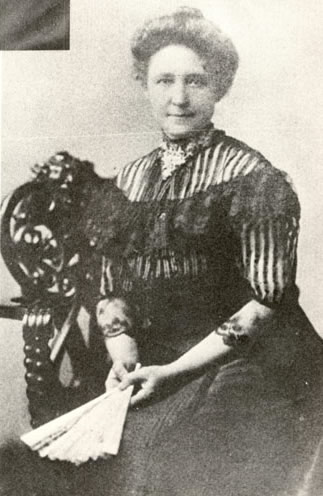

Gibson first became fascinated with Anne Sullivan and her triumph as Helen Keller’s teacher while reading the letters that Anne Sullivan wrote in 1887 describing her experiences in the Keller household. However, it is Gibson’s second Broadway production, The Miracle Worker, for which he is best known. He was praised for the play’s brisk dialogue and the compassion with which he endowed the characters. Gibson’s first major critical and popular success in New York was Two for The Seesaw, which opened on Broadway in 1958. Shortly after his time in Kansas, Gibson met a psychoanalyst named Margaret Brenman the two were married on September 6, 1940, and eventually had two sons, Thomas and David. Most of these early works were light comedies two of them were later revised and restaged: A Cry Of The Players and Dinny and the Witches, both in 1948. It was in Topeka, Kansas, that Gibson had his earliest plays produced. After graduation, Gibson moved to Kansas, supporting himself as a piano teacher while pursuing his interest in theatre. Gibson spent his childhood in New York City and eventually attended the City College of New York, where he studied from 1930 until 1932. William Gibson was born in the Bronx, New York, on November 13, 1914, the son of George Irving, a bank clerk, and Florence (Dore) Gibson. These two elements are the strongest reasons that The Miracle Worker is so popular among audiences and has been called an American Theatre classic. Surrounding the major themes of change and transformation and language and meaning is basic integrity and emotional honesty. Audiences found the story of Annie’s struggle to teach Helen language and her eventual success life affirming and The actors’ intense energy and commitment to truth in the scenes of physical struggle between Annie and Helen were held as the most memorable moments of the play when it first opened on Broadway.

The exchanges that take place in The Miracle Worker are all derived from factual events that Gibson has woven together to construct a fluid, emotionally real, depiction of the “miracle” Anne Sullivan was able to work: teaching Helen Keller language.Īudiences and critics alike were most drawn to The Miracle Worker’s honest and emotionally vivid portrayal of the relationship between Annie (as she is called in the play) and Helen. Although some of the reviews were mixed, the audience response was very favorable and during its run the first production of The Miracle Worker rarely failed to fill the 1,000 seat theatre.ĭrawing heavily from letters written by Anne Sullivan in 1887, as well as from Helen Keller’s autobiography, William Gibson constructed a drama around the events that took place when Helen Keller and her teacher, Anne Sullivan, first met in the 1880s. After it was warmly received by television audiences, it was rewritten for the stage and opened on Broadway in 1959 at the Playhouse Theatre. More: Does the art of stress reduction include crafts?īut there are numerous other challenges as well, not least of which is making the characters real and believable even, as in this case (and as in many productions of the play), Keller, who is age 7 in the story, is often played by an adult woman.Īll of these come into play for those involved in the Mainstage Center for the Arts’ production of “The Miracle Worker.” And yet, the real focus is on the biggest challenge of all – making the story and the characters real and believable.Initially written for television, The Miracle Worker by William Gibson first aired in 1957.


More: Recalling the Latin Casino: Showplace of the stars More: Classic, tribute acts highlight Scottish Rite season There is the intense physicality required by actors portraying Keller and Sullivan as Keller, who is almost feral in her wildness before Sullivan’s lessons, physically fights Sullivan’s efforts to connect with her and teach her. The story, which tells the story of a young Helen Keller, blind and deaf since infancy, learning to communicate with the help of her teacher Anne Sullivan, demands a host of requirements.
#Kate keller the miracle worker full#
Productions of “The Miracle Worker” are inherently full of challenges.


 0 kommentar(er)
0 kommentar(er)
